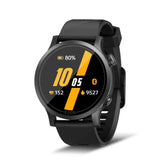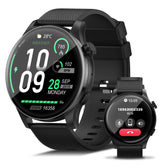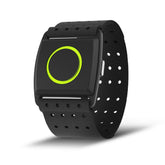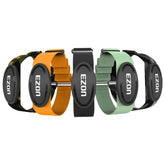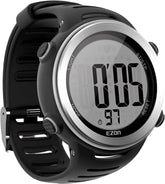Beyond Steps: How Advanced Health Sensors in Sports Watches Improve Wellness
Modern sports wearable technology does more than count steps—it’s a 24/7 wellness coach on your wrist. From detecting irregular heart rhythms to analyzing sleep quality, devices like Garmin’s Venu 3 and COROS Vertix 2 leverage blood oxygen monitor watch sensors and ECG sports watch capabilities to keep you healthier. Let’s explore how these features work and why they matter.
-
Heart Health at Your Fingertips: An ECG sports watch (electrocardiogram) can detect atrial fibrillation (AFib), a common but serious heart condition. For athletes, this is crucial—intense training can sometimes mask symptoms. Devices like the Garmin Epix Pro provide on-demand ECG readings, syncing data directly to your smartphone.
-
Sleep and Recovery Insights: A sleep tracking sports watch analyzes sleep stages (deep, light, REM) and assigns a “body battery” score. COROS watches, for example, use this data to recommend optimal workout times. Pair this with a stress tracking watch that monitors HRV to identify stress spikes—perfect for balancing work and training.
-
The Science of Calorie Burn: Forget rough estimates. A calories burned calculator in watches like the Garmin Instinct 2 uses heart rate, age, and activity type to calculate energy expenditure. For climbers or skiers, a blood oxygen monitor watch (SpO2 sensor) ensures you’re acclimatizing safely at high altitudes.
Pro Tip: Sync your watch with apps like Strava or MyFitnessPal for a holistic view of fitness, nutrition, and recovery.
Conclusion
Today’s fitness tracker watch is a lifeline for holistic health. Whether you’re optimizing sleep, managing stress, or monitoring heart rhythms, these tools empower you to train smarter and live better.
